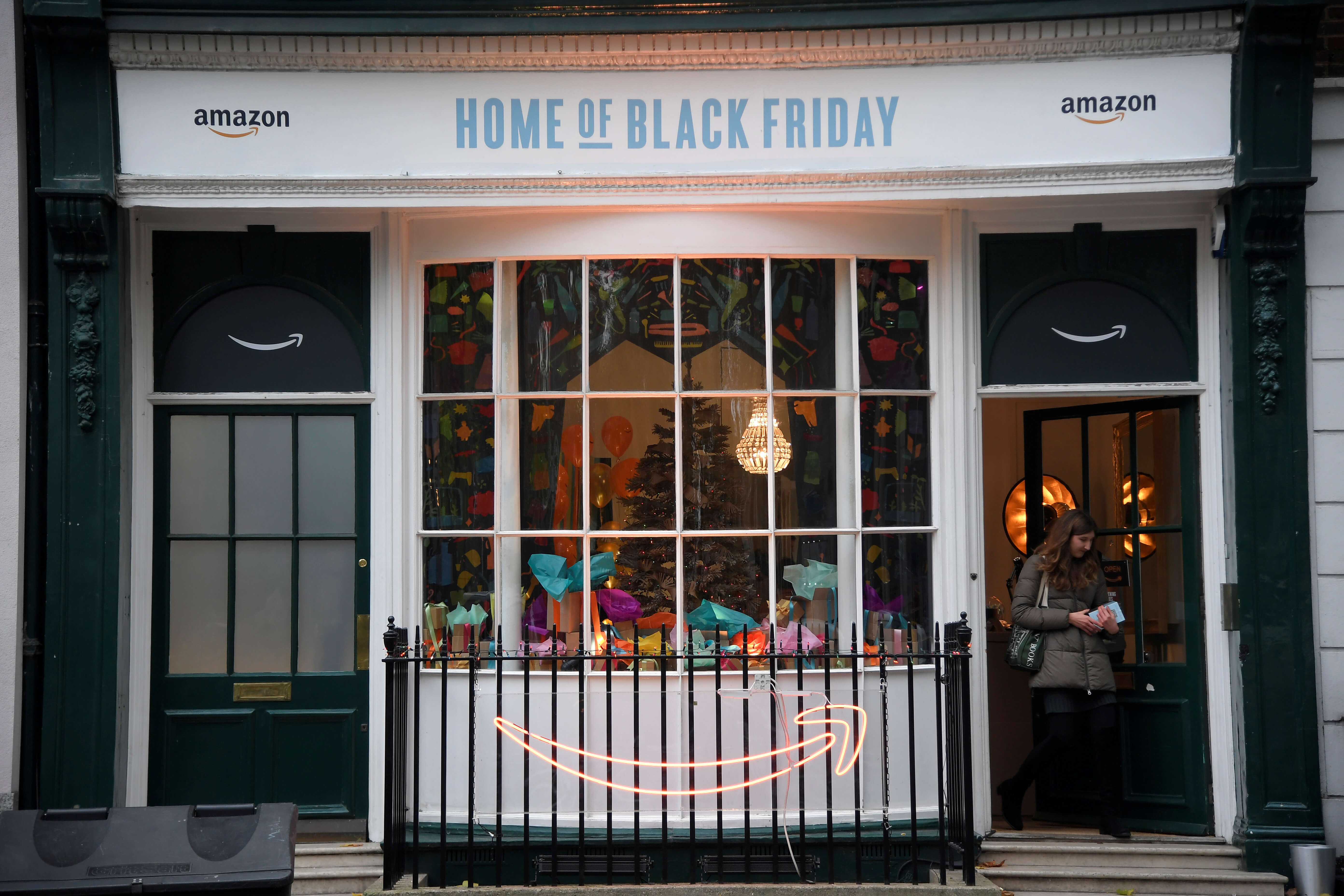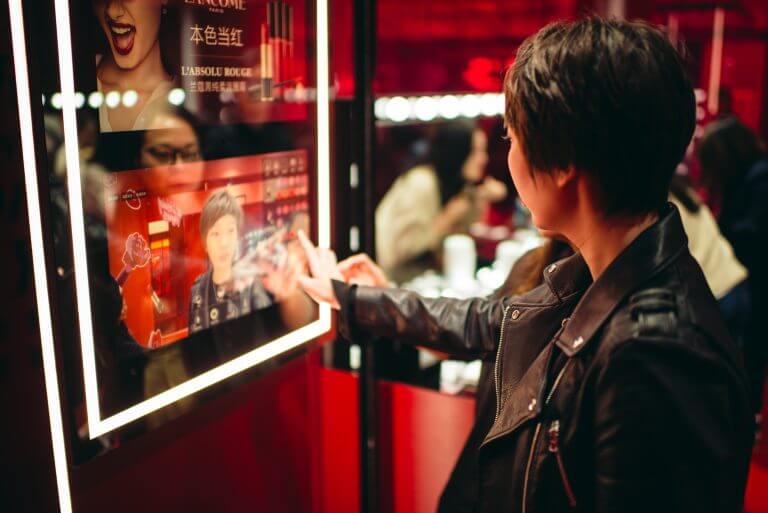
A hashtag is displayed inside Amazon’s Black Friday pop-up space in London, Britain. Source: Reuters
Brick-and-mortar businesses remain relevant during Black Friday
BLACK FRIDAY SALES in recent years have seen a significant shift onto digital platforms, though a new phenomenon called “webrooming” might be bringing brick-and-mortar models back into play.
According to research house eMarketer, a Deloitte survey found that 69 percent of consumers who will be participating in the post-Thanksgiving celebrations shopping bonanza – a traditional lead-up to the Christmas gift-giving season – said that they would be shopping around online for what they want before heading out to the shops to check it out.
The shift is opposed to the generally accepted narrative that the rise of e-commerce will have a negative impact on the physical stores during the holiday season, and that rather these stores will have a changed role in the technology future.
According to the Deloitte report, around 85 percent of shoppers plan on going in-store over the holiday weekend, while 91 percent will finish off their shopping online. Cyber Monday still rules in terms of volume, with as much as 72 percent of respondents saying that they plan on shopping online.
However, “webrooming” has definitely surpassed “showrooming” as the dominant form – the latter sees consumers going into physical stores first to test out a product before shopping around online for the best price. Around 46 percent of shoppers said they prefer showrooming, among the 1,200 people surveyed by the corporate services firm.

A woman leaves Amazon’s Black Friday pop-up space in London, Britain. Source: Reuters
“As recently as five to six years ago, showrooming was all the rage and the thing every retailer worried about,” said Rod Sides, who leads Deloitte’s US retail, wholesale and distribution practice, according to eMarketer.
“Now people are doing webrooming and going to stores as the last part of their shopping journey…. Consumers are looking for the right product and the right experience. They want retailers to meet them wherever they are. They don’t shop by channel.”
If we put aside competition between the two trends, it’s clear that they’re reflective of a change in how retailers are thinking about their physical stores and their value to the company. Rather than relying on them as the only point of sales, businesses are increasingly touting their brick-and-mortar assets as showrooms, or as points to provide extra experiences to boost brand awareness and create differentiation between competitors.
For instance, Walmart has transformed their physical stores – 90 percent of which are within 10 miles of the US population – into pickup points and delivery hubs. The ubiquity of the store has allowed it to cast a wide net over the retail landscape of the country, which is a similar strategy taken up by Amazon through their acquisition of Whole Foods.

L’Oreal is bringing new, innovative features to enhance users’ shopping experience. Source: Alizila
In China, Alibaba’s “New Retail” strategy has helped them introduce various technologies into their various stores for souped up customer experiences. The company’s stores blend augmented and virtual reality, gamification and digital payment platforms into the traditional store experience. The strategy has begun to be slowly adopted by Western brands such as L’Oreal and Auchan, guided by Alibaba’s proprietary technologies.
The rise of digital commerce has led many companies to divest themselves of their physical holdings with conventional wisdom seeing this as the only option in an industry with high overheads and many moving parts. However, many businesses have held on to their brick-and-mortar assets in response to a very specific factor: people still love shopping as an activity.
“The stores are very important for the overall season,” Sides said. “It’s become a tradition. Shopping is as much a social event.”
Deloitte found that 70 percent of shoppers still intend on going in-store on Black Friday, compared to those who would shop online, which declined from 55 percent to 47 percent in the last year.
Despite the continuing success of brick-and-mortar stores, however, digital will remain a central pillar for the holiday shopping experience. eMarketer remarks that nearly 4 in 10 shoppers expect to buy something online thanks to better pricing, while 36 percent said mobile shopping will factor into their hauls this year.
READ MORE
- Ethical AI: The renewed importance of safeguarding data and customer privacy in Generative AI applications
- How Japan balances AI-driven opportunities with cybersecurity needs
- Deploying SASE: Benchmarking your approach
- Insurance everywhere all at once: the digital transformation of the APAC insurance industry
- Google parent Alphabet eyes HubSpot: A potential acquisition shaping the future of CRM






